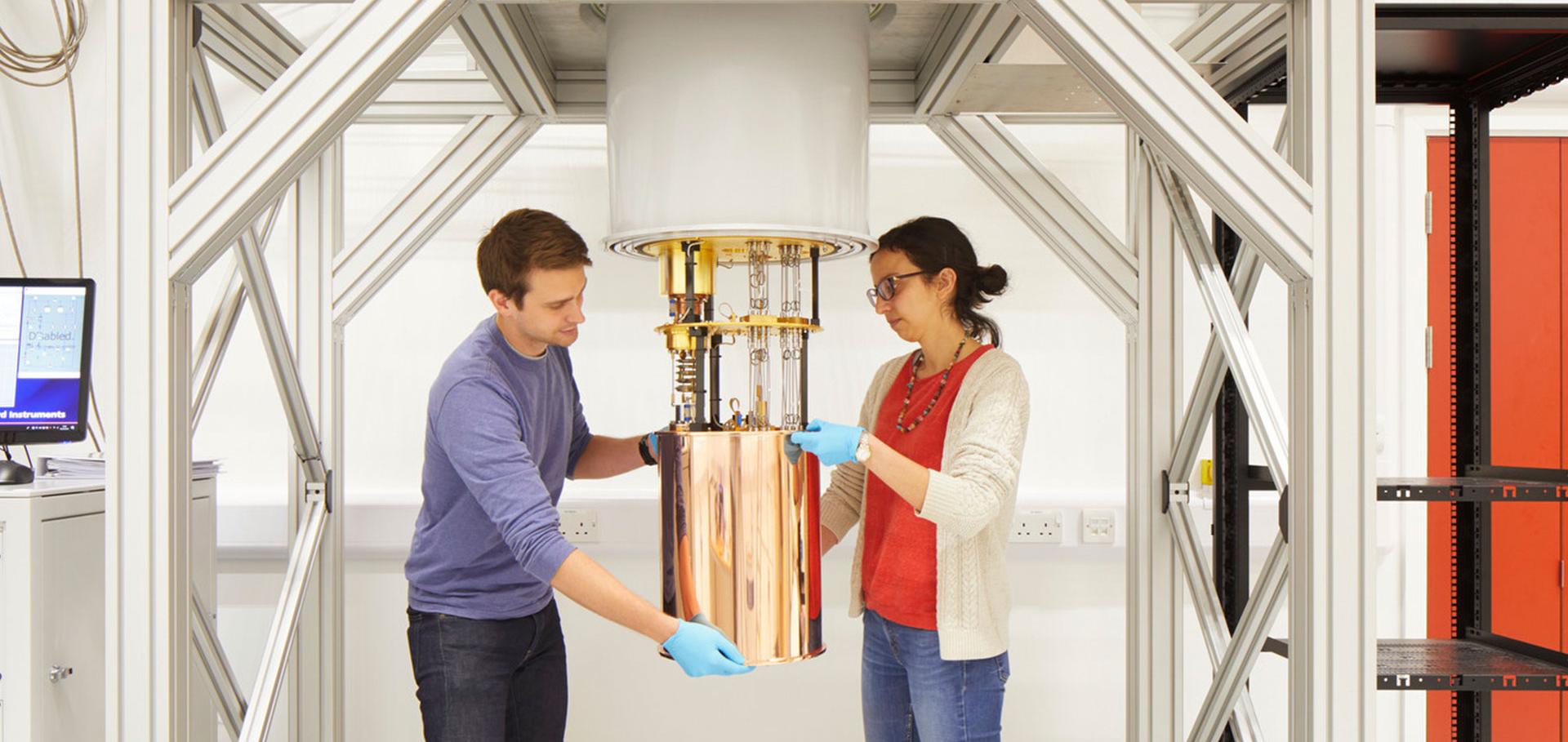Intersystem Crossing Outcompetes Triplet-Pair Separation from 1(TT) below 270 K in Anthradithiophene Films
Journal of the American Chemical Society American Chemical Society (ACS) (2025) jacs.5c00001
Spectroscopic Characterization of Radical Pair Photochemistry in Nonmigratory Avian Cryptochromes: Magnetic Field Effects in Gg Cry4a
Journal of the American Chemical Society American Chemical Society 147:28 (2025) 24286-24298
Abstract:
The magnetic compass sensor in night-migratory songbirds is thought to be a flavin-tryptophan radical pair formed by blue-light excitation of the protein cryptochrome-4a (Cry4a) localized in photoreceptor cells in the birds’ retinas. The effects of applied magnetic fields on the photochemistry of purified Cry4a from the migratory European robin are well characterized, but it is less clear what, if anything, distinguishes the magnetic responses of the Cry4a proteins from migratory and nonmigratory species. We present here a detailed study of the magnetic sensitivity of Cry4a from the nonmigratory chicken. The wild-type protein is compared with two mutants in which either Arg317 or Glu320, both close to the tryptophan radical, were replaced by the amino acids Cys and Lys, respectively, found in Cry4a from robins and other night-migratory passerines. These sites had previously been identified as probably facilitating the evolution of an optimized magnetic sensor for nocturnal orientation in songbirds. Neither of these mutations was found to affect the reaction kinetics or magnetic sensitivity of the radical pairs, suggesting that any differences in Cry4a between robin and chicken must stem from their ability to transmit magnetic information, for example via protein–protein interactions. In contrast, a Trp → Phe mutation at the end of the tryptophan-tetrad electron transfer chain in both cryptochromes led to a large increase in magnetic sensitivity, suggesting different sensing and signaling roles for the third and fourth tryptophans.The impact of spin–orbit coupling on fine-structure and spin polarisation in photoexcited porphyrin triplet states
Journal of Magnetic Resonance Elsevier 355 (2023) 107546
Abstract:
The photoexcited triplet states of porphyrins show great promise for applications in the fields of opto-electronics, photonics, molecular wires, and spintronics. The magnetic properties of porphyrin triplet states are most conveniently studied by time-resolved continuous wave and pulse electron spin resonance (ESR). This family of techniques is singularly able to probe small yet essential details of triplet states: zero-field splittings, g-anisotropy, spin polarisation, and hyperfine interactions. These characteristics are linked to spin–orbit coupling (SOC) which is known to have a strong influence on photophysical properties such as intersystem crossing rates. The present study explores SOC effects induced by the presence of Pd2+ in various porphyrin architectures. In particular, the impact of this relativistic interaction on triplet state fine-structure and spin polarisation is investigated. These properties are probed using time-resolved ESR complemented by electron-nuclear double resonance. The findings of this study could influence the future design of molecular spintronic devices. The Pd2+ ion may be incorporated into porphyrin molecular wires as a way of controlling spin polarisation.Magnetic sensitivity of cryptochrome 4 from a migratory songbird
Nature Springer Nature 594:7864 (2021) 535-540
Abstract:
Night-migratory songbirds are remarkably proficient navigators1. Flying alone and often over great distances, they use various directional cues including, crucially, a light-dependent magnetic compass2,3. The mechanism of this compass has been suggested to rely on the quantum spin dynamics of photoinduced radical pairs in cryptochrome flavoproteins located in the retinas of the birds4,5,6,7. Here we show that the photochemistry of cryptochrome 4 (CRY4) from the night-migratory European robin (Erithacus rubecula) is magnetically sensitive in vitro, and more so than CRY4 from two non-migratory bird species, chicken (Gallus gallus) and pigeon (Columba livia). Site-specific mutations of ErCRY4 reveal the roles of four successive flavin–tryptophan radical pairs in generating magnetic field effects and in stabilizing potential signalling states in a way that could enable sensing and signalling functions to be independently optimized in night-migratory birds.EPR of photoexcited triplet state acceptor porphyrins
Journal of Physical Chemistry C American Chemical Society 125:21 (2021) 11782-11790


